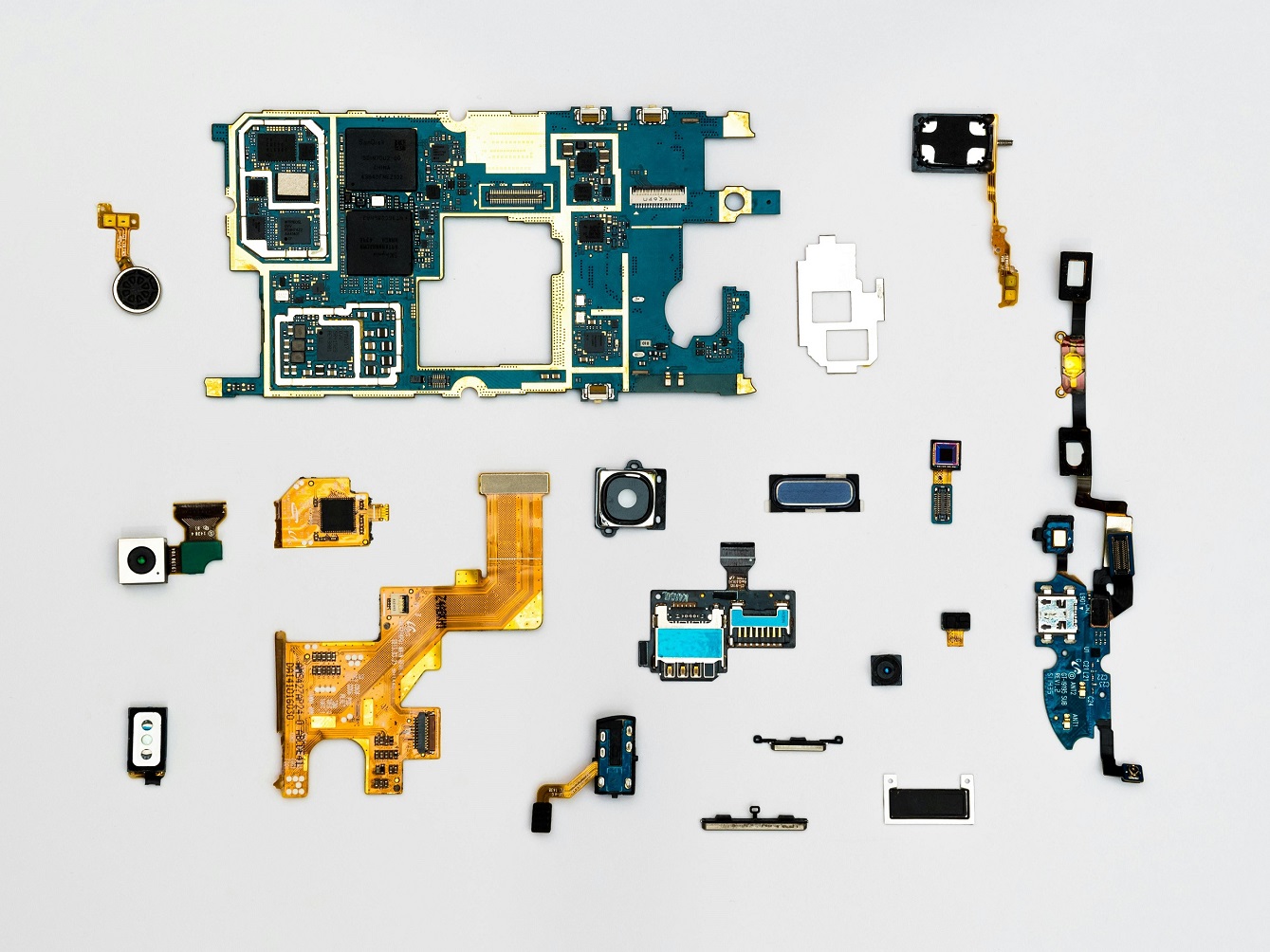Passenger vehicles can contain up to 30,000 different parts, manufacturing equipment — up to 50,000, and construction and agricultural machinery — up to 60,000 units. The vast number of required parts, along with possible substitutes and various types of the same components, can create difficulties during the selection process. Issues with accessing up-to-date information, slow searches for data on nodes or assemblies, as well as errors when transferring information from paper or electronic documents complicate the process of finding and selecting spare parts.
Electronic parts catalog simplifies navigation and selection of necessary parts among tens of thousands of names and types. It serves as a digital reference source that collects essential information about equipment components.
Contents of the electronic parts catalog may include:
- Visual Materials:
- Images: visual representations (2D and 3D);
- Assembly Drawings: exploded views showing how parts are interconnected.
- Parts Information:
- Name: full name of each part;
- Part Number: unique identifier for each item;
- Manufacturer: information about the manufacturing company;
- Modifications: list of models for which the parts are intended.
- Technical Specifications:
- Dimensions and weight;
- Materials from which the part is made;
- Compatibility with other products or systems.
The development and implementation of an electronic parts catalog addresses several important tasks, simplifying the search, ordering, and data management processes. The main objectives include:
- Simplifying Search. Users can quickly find the necessary parts by number or name, saving time.
- Rapid Information Updates. Information can simply be uploaded to the catalog, making it available to all dealers, partners, and customers without the need for electronic and paper documents.
- Supporting Interaction. The development and implementation of the catalog helps manufacturers, dealers, and service centers accelerate data exchange: parts assortment, alternatives, stock availability, etc.
- Training and Information. The electronic catalog can include firmware and installation and usage instructions for components.
Searching for parts is performed using various functions and tools that simplify and speed up the process:
- By Part Number:
The user inputs the unique part number, and the system quickly finds the corresponding item. - By Name:
The ability to search by full or partial part name allows finding parts even if the user does not remember the exact name. - Filters:
Users can use filters to refine the search: manufacturer, part type, device model, etc. - Categories and Subcategories:
A structured interface, where items are organized by categories and subcategories, allows users to browse the catalog hierarchy to find the necessary part.
The development and implementation of the catalog make the search process more convenient and efficient, enabling users to quickly find the necessary parts and minimize order processing time.
Integration with other systems helps reduce manual work when transferring data from one program to another and minimizes the impact of human error on data accuracy:
- Accounting Systems load part names from catalogs to calculate maintenance costs and prepare invoices.
- ERP (Enterprise Resource Planning) provides data on inventory as well as production plans for spare parts.
- DMS (Dealer Management Systems) load data on necessary spare parts for servicing devices to plan work.
- MES (Manufacturing Execution Systems) request information about available spare parts for production lines, minimizing downtime.
- CRM (Customer Relationship Management) stores data on customer requests and needs for components, allowing for prompt fulfillment of spare parts requests.
Integrating electronic parts catalogs with various systems improves the internal processes of the company and enhances customer service quality.
The electronic parts catalog simplifies the processes of selecting and ordering parts: it helps avoid errors, speeds up access to information, and improves interaction among all participants in the production, distribution, and utilization of spare parts.
How to Start and Determine the Cost of Implementing an Electronic Parts Catalog? Fill out the brief on our website!

